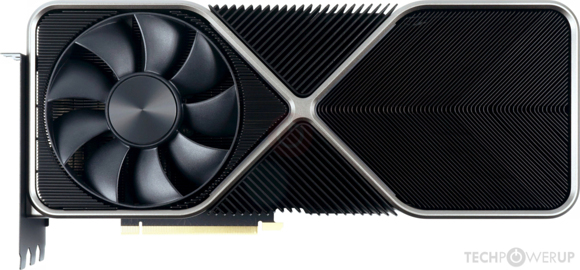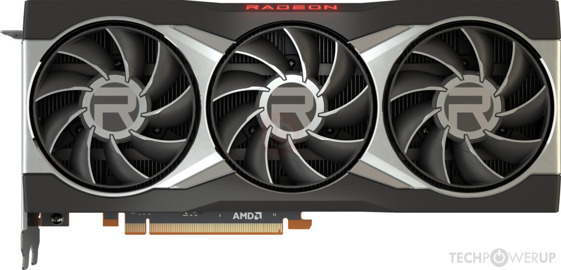I think there's been an almost obsessive focus on MCM graphics cards, with the assumption being that there would be multiple GPU dies in 2022, and no mention of the performance and efficiency of this approach.
The largest RDNA2 die was 520 mm² on 7nm, so I think AMD could design much larger dies on TSMC's 5nm and 6nm. In theory, shrinking down Navi21 would reduce the die size to ~420 mm² on 6nm EUV. So, I think AMD will be constrained by power consumption, rather than die size.
The largest RDNA2 die was 520 mm² on 7nm, so I think AMD could design much larger dies on TSMC's 5nm and 6nm. In theory, shrinking down Navi21 would reduce the die size to ~420 mm² on 6nm EUV. So, I think AMD will be constrained by power consumption, rather than die size.
Last edited:








